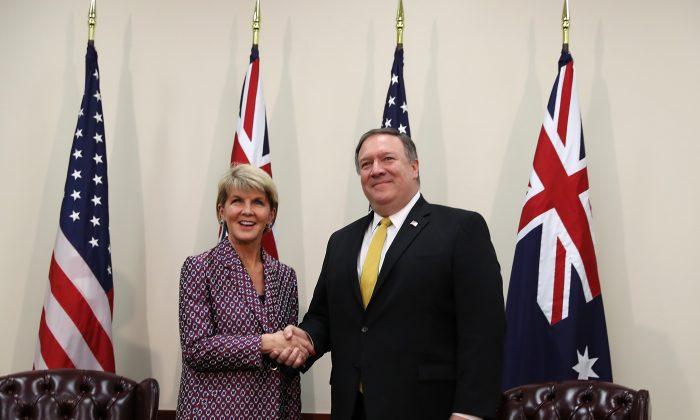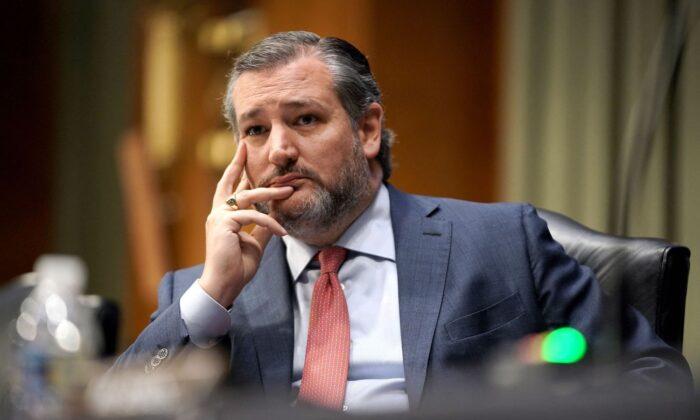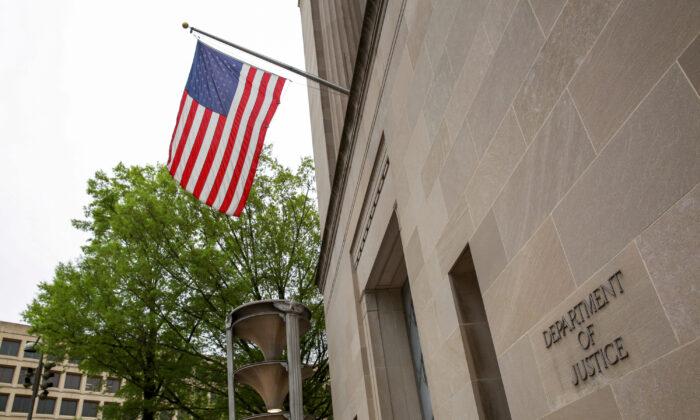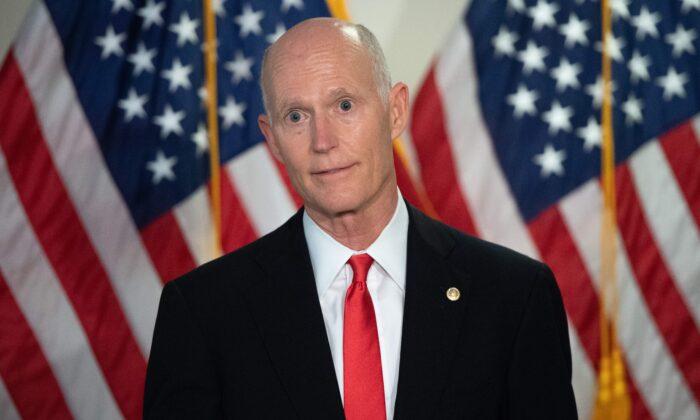Australia and Japan are teaming up with the United States to boost investment in Indo-Pacific infrastructure projects in a move that is seen to be countering China’s increasing influence in the region.
The investments include energy, transportation, tourism, and technology projects with an aim to “stabilize economies, enhance connectivity, and provide lasting benefits throughout the region.”
The announcement comes at a time when the Chinese regime is pouring in billions on massive infrastructure projects on its Belt and Road Initiative (BRI), also known as One Belt, One Road, to build up geopolitical influence in the area.
The projects, however, have increasingly drawn scrutiny from some countries concerned that the Chinese regime could be using the program to buy political allegiance and further its geopolitical interests.
Although China or the BRI were not mentioned in the July 31 announcement, there were unmistakable references made in the statement to the BRI.
“We share the belief that good investments stem from transparency, open competition, sustainability, adhering to robust global standards, employing the local workforce, and avoiding unsustainable debt burdens,” the joint statement reads.
Among 68 countries participating in the BRI, the report found that 23 countries were “significantly or highly vulnerable to debt distress,” while eight were “of particular concern.”
These eight countries are Tajikistan, Laos, Maldives, Djibouti, Kyrgyzstan, Pakistan, Mongolia, and Montenegro.
Without making any specific references to China, U.S. Secretary of State Mike Pompeo told the Chamber of Commerce on July 30 that the United States wanted “a free and open Indo-Pacific” that was not dominated by any one country.
“We thus have never and will never seek domination in the Indo-Pacific, and we will oppose any country that does.”
During his speech, Pompeo announced the United States will provide US$113 million in new initiatives to support digital economy, energy, and infrastructure in the region.
“These funds represent just a down payment on a new era in U.S. economic commitment to peace and prosperity in the Indo-Pacific region,” he said.
“Australia has real experience and excellence in this area, we’re great at project design, we’re really good at project financing, building, construction, development,” he said.
“And, of course, our aid program, especially in the Pacific, is one where we invest a lot of time and effort in making sure that we have a sustainable approach to the provision of infrastructure throughout the region.”
Ciobo also quelled concerns about Australia receiving backlash from the Chinese regime for its involvement in the partnership.
“The fact is that we demonstrate consistently that Australia is very focused on making sure that we can help the least developed economies in our region to get onto more economically sustainable footing,” he said.






Friends Read Free